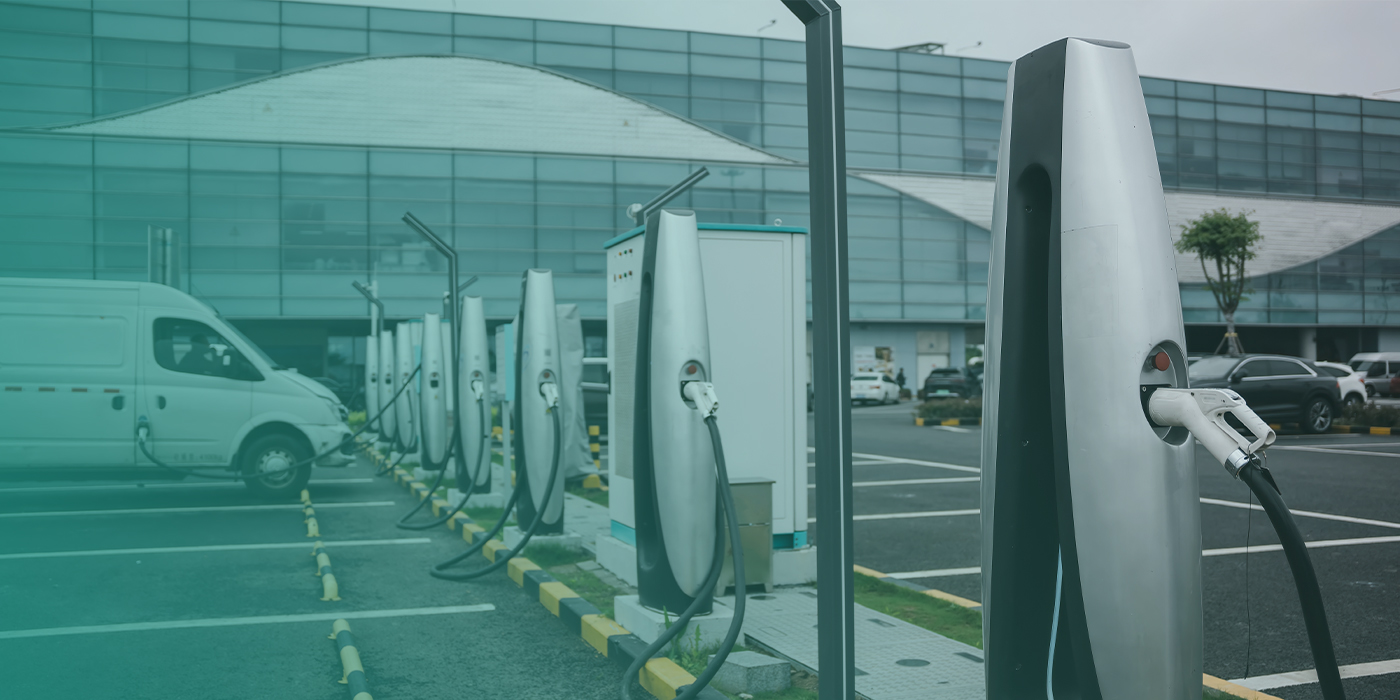When managing a multi-tenanted building, utility infrastructure is one of the most common areas where projects go wrong. New connections, disconnections, metering, and load upgrades often sit on the critical path; but are too often treated as an afterthought. The result? Cost overruns, delayed tenant handovers, billing disputes, and compliance headaches.
Why multi-tenant buildings are complex:
The common risks:
How to avoid the pitfalls:
The bottom line:
In multi-tenanted buildings, getting utility infrastructure right underpins revenue, compliance, and tenant satisfaction and getting it right the first time saves time, money, and builds reputational trust.
If you manage multi-tenant assets and want to de-risk your Siteworks, a specialist partner can help streamline connections, metering, and compliance; so your buildings are ready when tenants are.

From EV charging to grid connections, utility infrastructure siteworks are vital for powering sustainable, multi-occupied assets.
What Are Utility Infrastructure Siteworks – And Why Are They Complex in Multi-Occupied Assets?
When you hear the term utility infrastructure siteworks, it can sound like technical jargon. In reality, siteworks are the essential activities that connect, upgrade, disconnect, or meter utilities such as electricity, gas, and water. They’re the backbone of making a building operational, compliant, and ready for tenants.
What do siteworks include?
Why are they complex in multi-tenanted assets?
Unlike single-tenant sites, multi-tenant buildings add layers of coordination and responsibility:
Why it matters
Get siteworks wrong, and you risk delays, higher costs, unhappy tenants, and compliance failures. Get it right, and utilities become invisible; flowing seamlessly, accurately billed, and future-ready.
For multi-tenanted buildings, utility siteworks should never be treated as an afterthought. They’re a critical-path activity that needs early planning, expert input, and clear communication to keep projects on track and tenants satisfied.

Large-scale developments depend on well-managed utility infrastructure siteworks to connect energy, water, and data systems efficiently.
Key Infrastructure and Siteworks Challenges in Commercial and Public Developments
Utility infrastructure and siteworks are critical to making any development operational. Yet in both commercial and public sector projects, they’re often underestimated, leading to costly delays, overruns, and compliance risks. From hospitals and schools to office campuses and retail parks, the challenges are consistent; but they can be managed with the right planning and expertise.
The Bottom Line
Infrastructure and siteworks are not just “technical details”; they are critical enablers of occupancy, revenue, compliance, and service delivery.
By planning early, engaging specialists, and clarifying roles and responsibilities, developers and property managers can turn siteworks from a source of risk into a smooth enabler of project success.

Efficient utility infrastructure siteworks can make the difference between seamless occupancy and costly operational disruption.
Case Examples – Where Utility Siteworks Go Right (and Wrong)
Case 1: Early Design Saves a Multi-Tenant Office Move-In
A city-centre office refurbishment included upgraded metering, submetering, and AMR integration. The landlord collaborated with Inteb, who in turn worked with the design team to map tenant circuits, register MPANs early, and secure a permanent supply of gas before the fit-out.
Outcome: Tenants moved in on schedule, accurate billing was set up from day one, and ESG reporting data was available immediately. No disputes, no rework, no hidden standing charges.
Case 2: DNO Delays Stop a Retail Park Opening
A retail park developer assumed the Distribution Network Operator (DNO) could deliver a new HV connection in 12 weeks. No contingency was allowed. The actual lead time was 22 weeks, and temporary supplies were not secured.
Outcome: Three anchor tenants delayed opening, leading to rental income loss of over £500k and reputational damage with national brands.
Case 3: Hospital Upgrade Future-Proofs Capacity
An NHS trust planned a major extension to a hospital. Instead of simply matching existing loads, they designed for future EV charging, electrified heating, and resilience.
Outcome: The trust avoided costly retrofits and secured grant funding by demonstrating decarbonisation readiness. Patients and staff saw no service disruption during works.
Case 4: Submetering Afterthought Creates Tenant Disputes
In a multi-let building, submetering was left until after tenants moved in. Meters were installed in inaccessible risers, some loads went unmetered, and circuit mapping was incomplete.
Outcome: Tenant billing was inaccurate, disputes escalated to legal challenges, and the landlord had to spend £250k on a retrofit metering solution to rebuild trust.

Got questions about utility infrastructure siteworks? Inteb’s specialists can help streamline metering and infrastructure coordination.
Inteb’s Role – Utility Siteworks, Metering and Infrastructure Coordination
What Inteb Delivers
Coordinating with Distribution Network Operators (DNOs), Gas Distribution Networks (GDNs), property managers, suppliers, and contractors to manage new connections, disconnections, upgrades, and diversions.
Designing and implementing compliant metering solutions; including Automatic Meter Reading (AMR); for accurate tenant billing, regulatory reporting, and ESG data capture.
Managing the technical and administrative process to ensure all supply points are registered correctly, avoiding costly deemed contracts or supply delays.
Aligning landlords, tenants, contractors, and utilities providers to eliminate fragmentation, reduce delays, and clarify responsibilities across complex, multi-party projects.
Ensuring that metering, submetering, and billing systems are MID-approved, auditable, and aligned with regulations such as ESOS, SECR, and the Heat Network Regulations.
Designing infrastructure for growth, including EV charging, electrification of heating, and load increases; avoiding disruptive and expensive retrofits later.
Where Inteb Adds Value
Why It Matters
Whether it’s a hospital, retail park, or multi-let office, Inteb ensures utility siteworks and metering are not the bottleneck that delays occupancy or increases project cost. Our role is to simplify complexity, protect revenue, and enable seamless, compliant utility infrastructure that supports both landlord and occupier needs.
Inteb turns utility siteworks from a hidden risk into a well-managed enabler of project success.
Speak to Inteb – Avoid Delays and Unlock Utility Value
Avoid overruns, non-compliance and lost capex. Inteb helps commercial and public sector clients deliver coordinated, compliant and future-ready siteworks.
Contact Inteb’s Infrastructure & Siteworks Team to discuss your project.